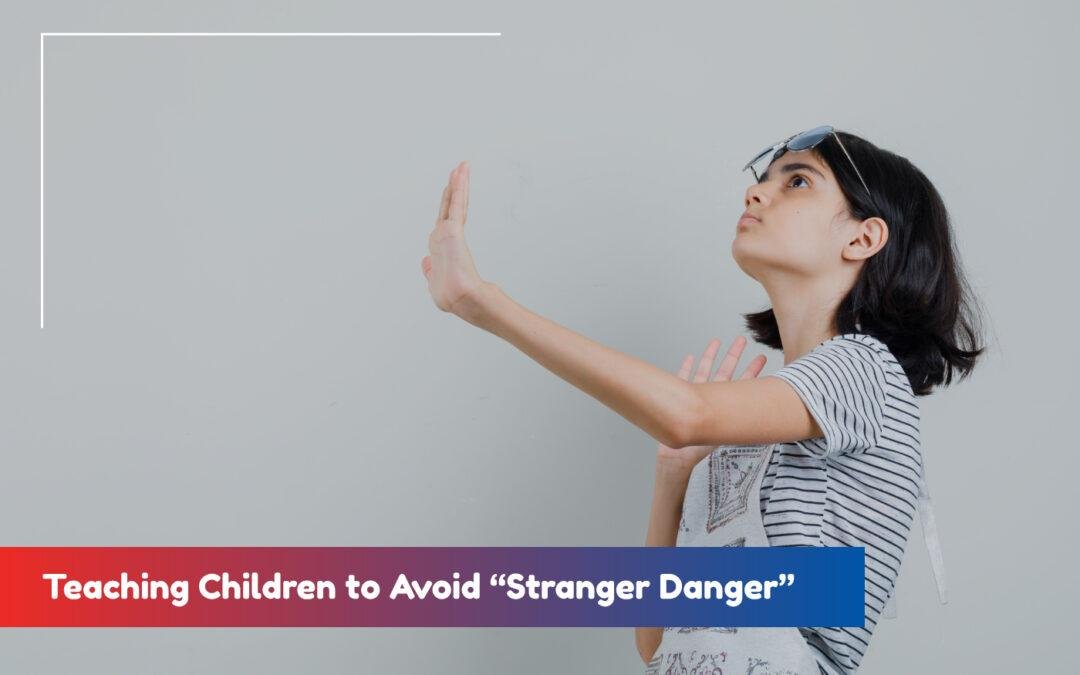As our toddlers start realising that they are individuals and start enjoying independence, it’s important to supervise their journey closely. Confining them from the world outside doesn’t protect them; it’s essential to teach them how to deal with strangers and teach them about “stranger danger”.
Effectively communicate with your toddlers about unknown people – strangers. Allow them to tell you about their experiences; they will know whom to seek help from in situations of probable danger. Advising children to not talk to strangers is rather superficial. Instead, it raises more issues like lack of interpersonal skills, trust issues and lack of security because everybody apart from the family will be deemed a stranger by your child.
It’s important to communicate which strangers are safe to talk to and give some rest to parental anxiety.
Here are some practical ways to teach your toddler about “stranger danger”:
Start Early and Say it Clearly.
Start talking about stranger danger from a young age and make sure you are clear about it. Focus on educating them rather than cautioning them. Tell your child to never go to any place or with anyone other than you. Let your kids know in advance if they are travelling with someone other than yourself.
Talk About Uncomfortable Feelings
It’s essential to make your child feel safe and comfortable about sharing their feelings with you. Ask your kids about the times they have felt off or strange. You can notice situations that make your child uncomfortable and talk about them later.
If your child feels anxious or thrown away about certain situations, then make sure you back off for a while. Kids find it difficult to express their feelings; make sure you let them take their time to uncover their thoughts about an uncomfortable situation.
Be specific about unsafe situations.
Explain to your kids some unsafe situations they might encounter or uncomfortable things that people may do. For example, if someone gives them presents or chocolates and gives them too much attention, they need to alert you.
Explain the difference between a good touch and a bad touch to your kids. Some people may try to get physical with children despite the child’s protests. Unsafe people may even ask kids for directions or help look for something, like a pet.
It’s OK to say NO
It’s crucial to teach your kids that it’s okay to say NO irrespective of whether they know that person or not. It might not come naturally to them, and it’s an excellent skill to learn and understand when to say no.
Instead of just talking, acting out or role-playing certain situations involving strangers, such as an uncle or an aunt asking for too many hugs and kisses or an unfamiliar neighbour inviting them to their home for snacks.
Humans are visual learners; a role-play will help them understand situations in real-time and make them say no in uncomfortable situations. When a situation like this arises, ask your kids to alert you in person.
Familiar but Tricky People
Strangers can be unsafe, but sometimes it’s the familiar faces that are unsafe, which might confuse your kids. One way to convey this message to your kids is to say, “Most people are good, but some people may have problems and are not good, and it’s essential to be safe from them”.
As your kids get older, start mentioning that they are in charge of their safety, and if they ever feel like someone is being tricky around them, they can come to you and talk about it.
Make Kids Boss of their Body
Effectively communicate to your kids that no one is allowed to touch their bodies in a way that makes them uncomfortable. If someone touches their body inappropriately, tell them to alert you about the same.
What to do in scary situations?
Here’s a list of steps your child can take if an uncomfortable situation happens:
Step 1: Loudly say “No”.
Some kids might find raising their voice unnatural, but emphasise the importance of loudly exclaiming a “NO!”.
Step 2: Run Away from the Person.
Kids might not be used to running away from adults but tell them how important it is to run away when an uncomfortable situation arises.
Step 3: Find a trusted adult nearby.
When an uncomfortable situation arises in public, and your child can’t find you, tell your kid to find a mom who has kids with her. Another alternative can be to resort to a police officer safely.
Conclusion
Diligently talk to your kids about personal safety and stranger danger from time to time. Start at an early age and be clear about what you are trying to communicate. We hope this article will help you communicate stranger danger with your child in a better way.

